$6.00 – $9.00
Wild pear trees will be available on April 1st, 2024.
The wild pear trees for sale are grown from seed. Therefore, each tree will be a unique and one-of-a-kind new Pear variety. These trees will all produce pears edible to a wide array of wildlife. My main focus is having a tree that supplies a fruit of size for deer. Each tree will have many variations, such as fruit size, drop times, taste, and disease resistance.
No one in the world can tell you exactly what a tree grown from seed will do. I’ve grown a lot of seedlings to see what kind of fruit I would get, and finally, I have a wild pear that I’ve grown enough to see that you will be getting some great trees! I’ve never offered wild pears because of the influence of Bradford across the US. I didn’t want you planting “wild pears” and ending up with what will likely be tiny pea-size junk or invasive. These wild pears are different, and I wouldn’t be surprised if some of the best new pear cultivars of the future are grown from these wild pear seedlings being offered.
Wild pears will reach a mature height of 20-30′, growing well in almost any soil conditions other than wet soil. Like any tree grown, whether from seed or grafted, they will produce faster in more fertile soil. Yet, these pear seedlings can grow in the poorest soils with low ph and fertility. In fertile soil, you will see them produce some fruit at year 3 or 4. If you plant in very poor soil, it may be year 5 or 6. These wild pears will grow fast and have substantial size and height on the tree by this time. Wild pears are suitable for plant hardiness zone 4b-8.
Wild pears are pruned back to 2-3′ well rooted with a diameter of 3/8”+ and 3-4′ 1/2”+ diameter with the terminal bud attached.
Select Your Shipping Date at Checkout
Bulk Discount: 20 trees for $3.75 each
50+ trees $3.25 each.
Description
The wild pear trees for sale are grown from seed. Therefore, each tree will be a unique and one-of-a-kind new Pear variety. These trees will all produce pears edible to a wide array of wildlife. My main focus is having a tree that supplies a fruit of size for deer to eat. Each tree will have many variations, such as fruit size, drop times, taste, and disease resistance.
No one in the world can tell you exactly what a tree grown from seed will do. I’ve grown a lot of seedlings to see what kind of fruit I would get, and finally, I have a wild pear that I’ve grown enough to see that you will be getting some great trees! I’ve never offered wild pears because of the influence of Bradford across the US. I didn’t want you planting “wild pears” and ending up with what will likely be tiny pea-size junk or invasive. These wild pears are different, and I wouldn’t be surprised if some of the best new pear cultivars of the future are grown from these wild pear seedlings being offered.
Wild pears will reach a mature height of 20-30′. They will grow well in almost any soil condition other than wet soil. Like any tree grown, they will produce faster in more fertile soil, whether from seed or grafted. Yet, these pear seedlings can grow in the poorest soils with low ph and fertility. In fertile soil, you will see them produce some fruit at year 3 or 4. If you plant in very poor soil, it may be year 5 or 6. These wild pears will grow fast and have substantial size and height on the tree by this time. Wild pears are suitable for plant hardiness zone 4b-8.
PLANTING INSTRUCTIONS FOR WILD WILD PEARS
Plant at least 2 Wild Pear Trees close to each other to ensure pollination. Plant all pears in moist, well-drained soil. A soil pH between 5.8 – 7 with adequate nutrient levels will ensure optimal growth. That said, these are pear trees. They will grow well in about every situation besides wet soil.
If you have not completed a soil test, click here and improve your soil. I would highly recommend doing so. However, if you are not going to, I would recommend mixing 1 ounce for every three sq ft of 0-20-20 granular fertilizer in your soil at the time of planting. The first number tells you the percentage of nitrogen contained in the fertilizer. Nitrogen applied directly to the tree’s roots will cause your tree’s death. Make sure the first number is zero.
Nitrogen is very mobile in the soil, and you can apply a small of nitrogen the following year. The 2nd and 3rd numbers are Phosphorus and Potassium. Apply these two nutrients at or well before planting because they are immobile in the soil. They will need to be mixed in through the soil. We recommend completing a soil test and making amendments for the best results. Applying 1 lb of 10-10-10 for every inch in diameter your tree is. This should be applied in the spring of the following year and each year after planting.
Wild Pear trees require a minimum of 6 hours of sunlight for growth and fruit production. Space trees 15′- 20′ apart and use cages or tree tubes of at least 5′ to protect your trees. This will ensure your deer eat your fruit in a few years, not your trees this year.
SHIPPING/PICK UP
Shipping to Plant Hardiness zones 4 – 8 Spring shipping is only available for Wild pear trees and will begin again in mid-March on Mondays as temperatures in my area allow.
Dormant bare-root pear trees are to be planted in the fall or spring, while trees in your area are still dormant. You can select your ship date at checkout. If you are picking up your trees, the first week in April is perfect for planting in Pennsylvania. Please call or message me to make an appointment to pick your trees up.
For More Information, Visit:
Additional information
| Weight | 6.5 oz |
|---|---|
| Dimensions | 34 × .25 × .25 in |
| Size | 2-3', 3-4' |
Only logged in customers who have purchased this product may leave a review.

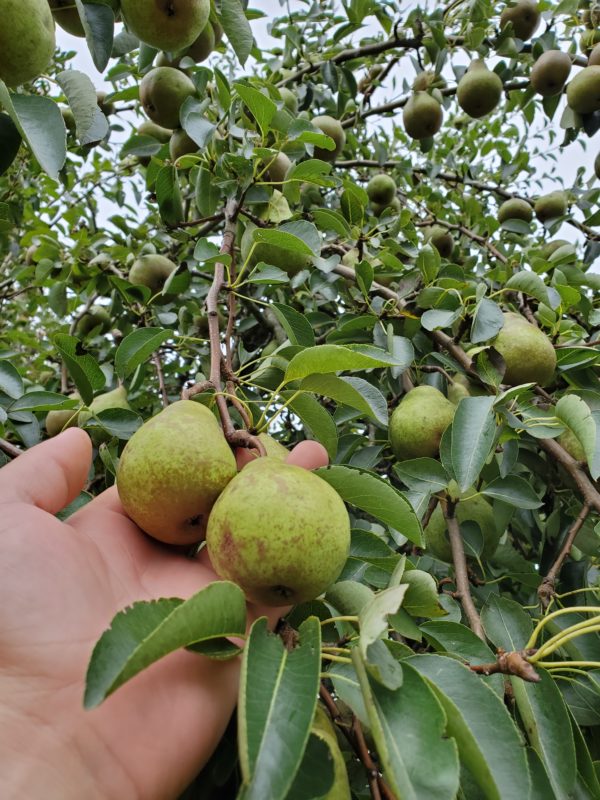







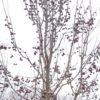





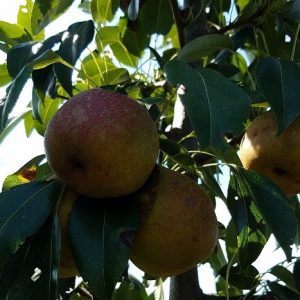
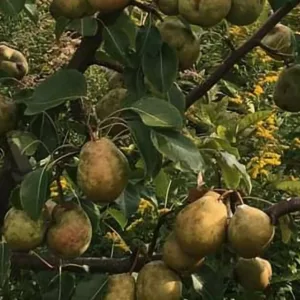




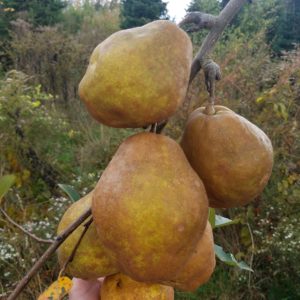

 by
by
Reviews
There are no reviews yet.